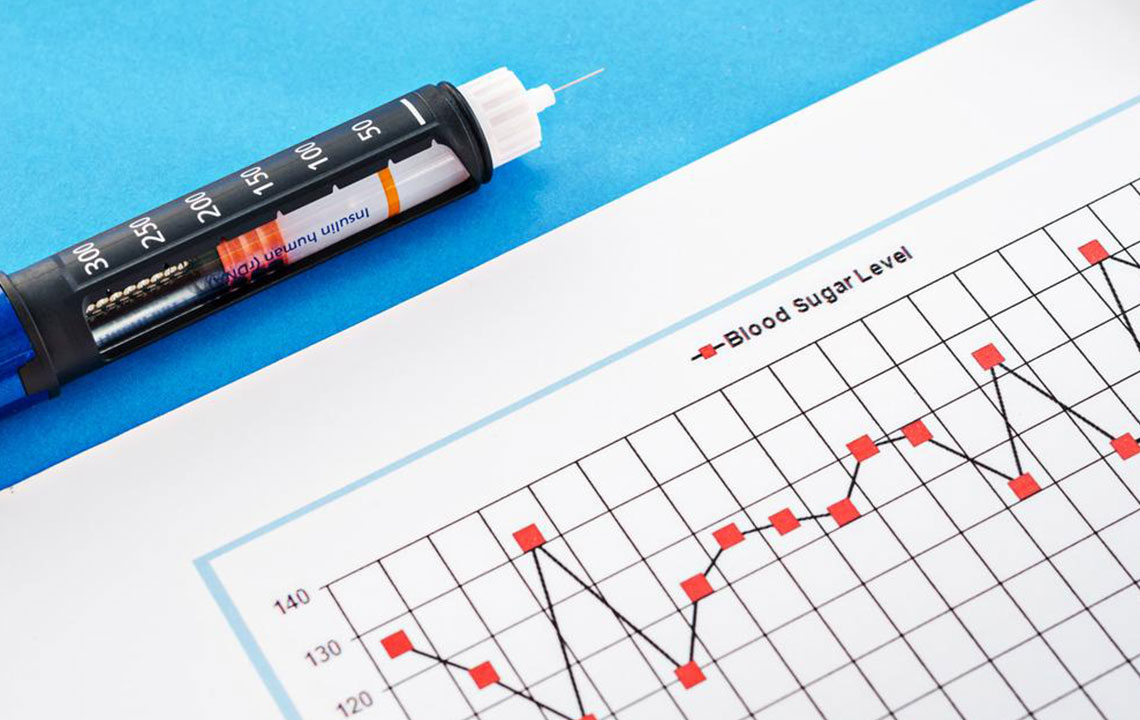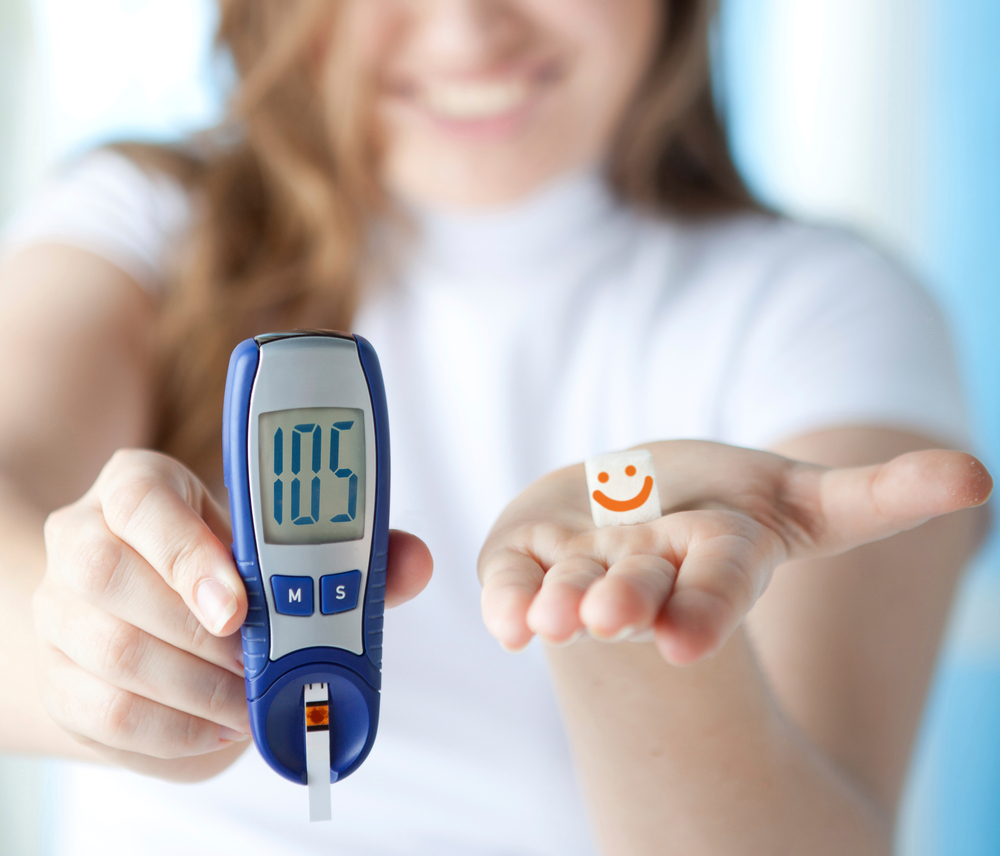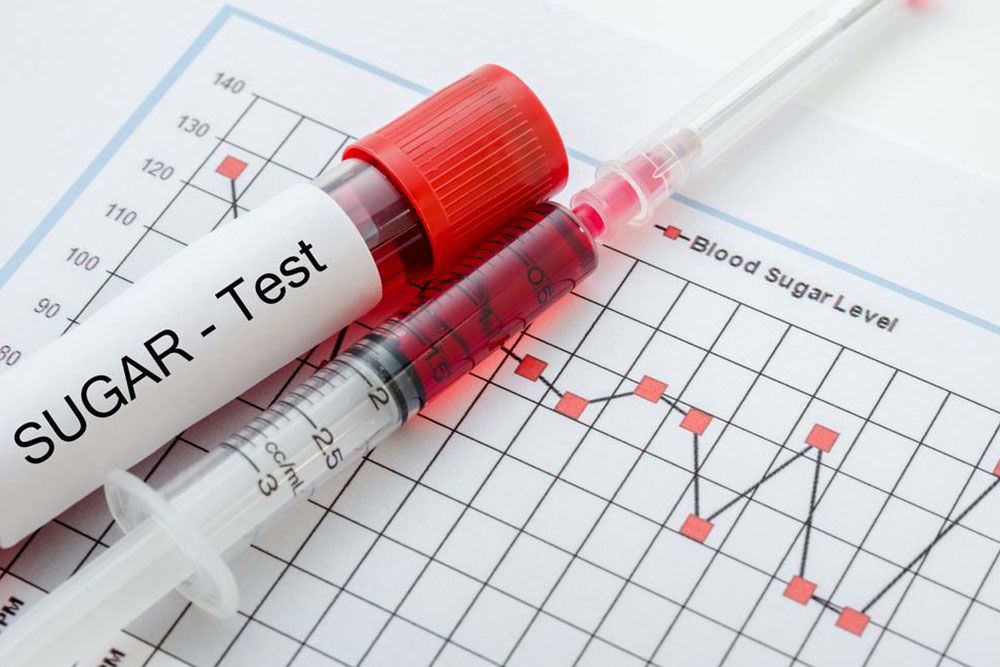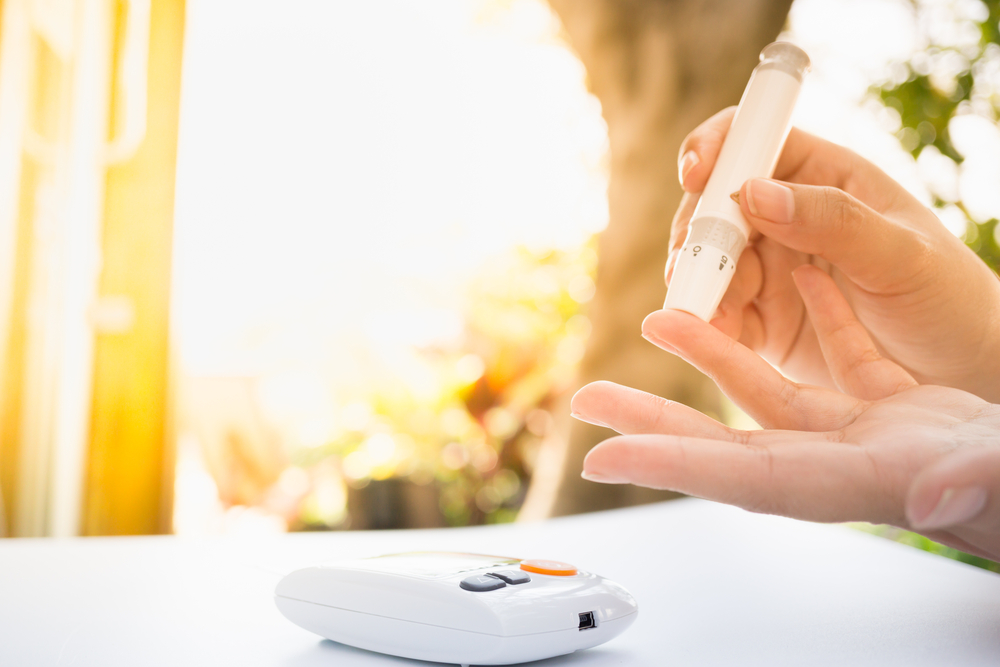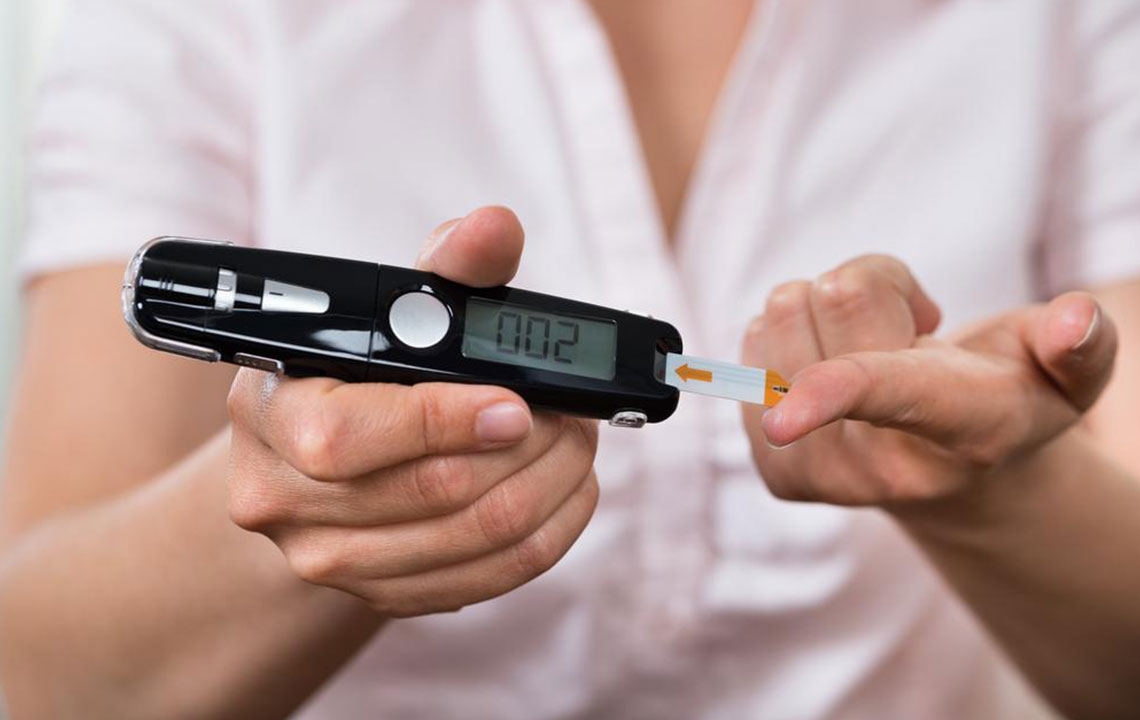Understanding Normal and Diabetic Blood Sugar Levels
Learn about normal and diabetic blood sugar levels, symptoms of high glucose, and effective monitoring methods. Critical for preventing complications, understanding these key points can help you maintain optimal health through proper blood sugar management.
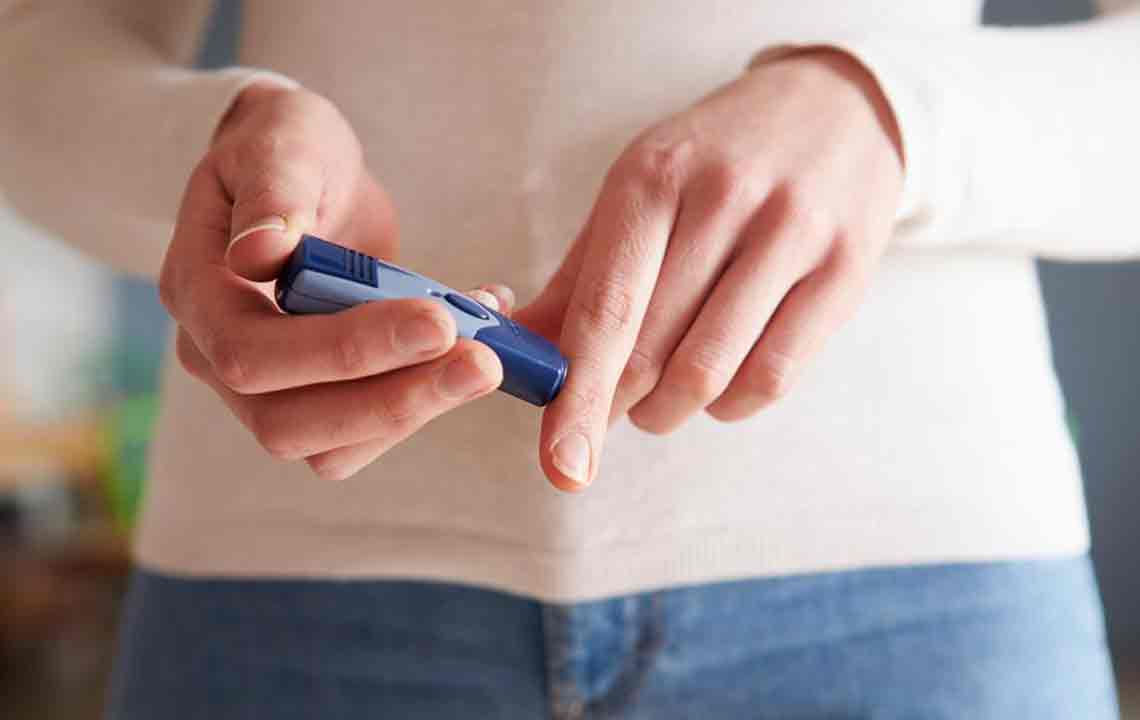
Understanding Normal and Elevated Blood Sugar Levels
Managing blood sugar is vital for overall health, especially to prevent or control diabetes. Proper knowledge of what constitutes healthy blood glucose levels and regular monitoring can lead to better health outcomes. Blood sugar levels are measured through three key parameters: fasting, post-meal, and Hemoglobin A1c.
For individuals without diabetes, fasting blood sugar should be between 70-99 mg/dl. About 1.5-2 hours after eating, levels should be 90-140 mg/dl. The HbA1c percentage should stay below 5.7%. Diabetics typically have fasting levels from 80-130 mg/dl and post-meal levels below 180 mg/dl, with an HbA1c target under 7.0%.
Common signs of high blood sugar include persistent fatigue, increased urination, dry and itchy skin, and blurred vision. Monitoring blood glucose regularly using devices like CGMs or traditional glucose meters helps maintain proper levels. Elevated blood sugar can lead to complications like nerve damage, kidney issues, and vascular problems. Regular check-ups and lifestyle changes are essential for managing blood sugar health.


